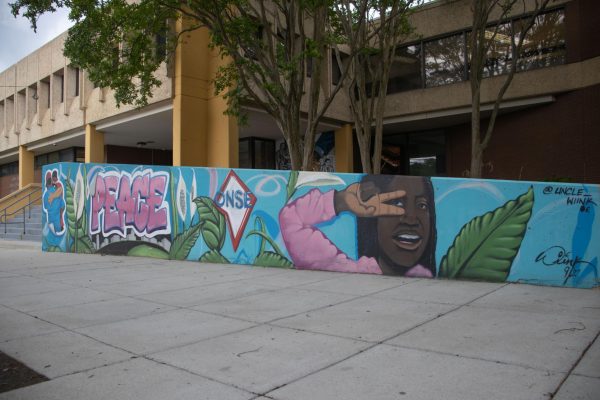Nonsensical Data: Our Erratic U.S. Census
“Yeah, definitely African-American.”
“Brian Matthews?”
“Um, I don’t know, white?”
This is a situation I witnessed last summer as a U.S. Census enumerator, and one of those guys was my boss. It is from these highly suspect methods that official U.S. Census data is often gathered. But while this may look like no more than two deadbeat employees, the problem is more deeply ingrained in the way Census data is collected.
One day, a Census enumerator could be required to make only three personal visits to a location, another day, five. Certainly no more than that, though, despite the fact that the people you were trying to find have jobs and social lives, and don’t necessarily spend their time eagerly waiting at home to tell a Census enumerator when their birthdays are.
One week it was acceptable to collect only three pieces of information from each respondent; the next week you would need all seven. So what could you do when you’ve been to a house eight times and the only person you’ve found is a neighbor who isn’t sure, but thinks it’s only Rebecca and Matt — not Hispanics — who live there? You make shit up. Because otherwise, the people at the central office were just going to send the form back to you to knock on the door for the ninth time. Unofficially, of course.
The worst part was that sometimes the respondents themselves didn’t even know the right answer. Try telling a Salvadoran with minimal English proficiency that Hispanic is not a race (it’s a separate question on the Census form) and to pick a different one. Then try to produce an accurate racial breakdown of the District of Columbia — which according to 2007 data was 8.3 percent Hispanic — now that all those who would identify as “Hispanic” have been assigned to “white,” “Native American” or “other.”
In this way, Census data is highly subject to respondents’ whims and enumerators’ suggestions.
But the original purpose of the U.S. Census was not to acquire an accurate racial breakdown of any city, state or nation; it was just to count people. Even that task is difficult. What do you do when the folks in charge ask you to verify that a house is vacant, but a neighbor thinks they see someone there sometimes? Check for dead plants or detritus on the porch. Does it smell like construction? Okay, sounds good, zero residents at Map Spot 849. But what if I was wrong? Estimates say that the District receives around $4,500 per person from the federal government, so a few mislabeled vacancies can add up. If there were really four people living at Map Spot 849, that’s $18,000 that won’t be distributed to D.C. parks, roads or schools.
Has the U.S. Census Bureau favored speed over accuracy? I think so. The Bureau needs to spend the next 10 years before the 2020 Census developing a better inter-office communication system to catch people who fall through the cracks. Also, if Census workers were drawn to enumerate their own neighborhoods rather than bussed in and out, the reliability of data would likely increase, with workers more attuned to respondents’ lifestyles. The cost incurred by paying Census workers for their commute time would also decrease dramatically.
Counting millions of people is quite a task. But if the process is ineffective and inefficient, the resulting numbers are meaningless. •
Illustration by Margaret Hayford.







